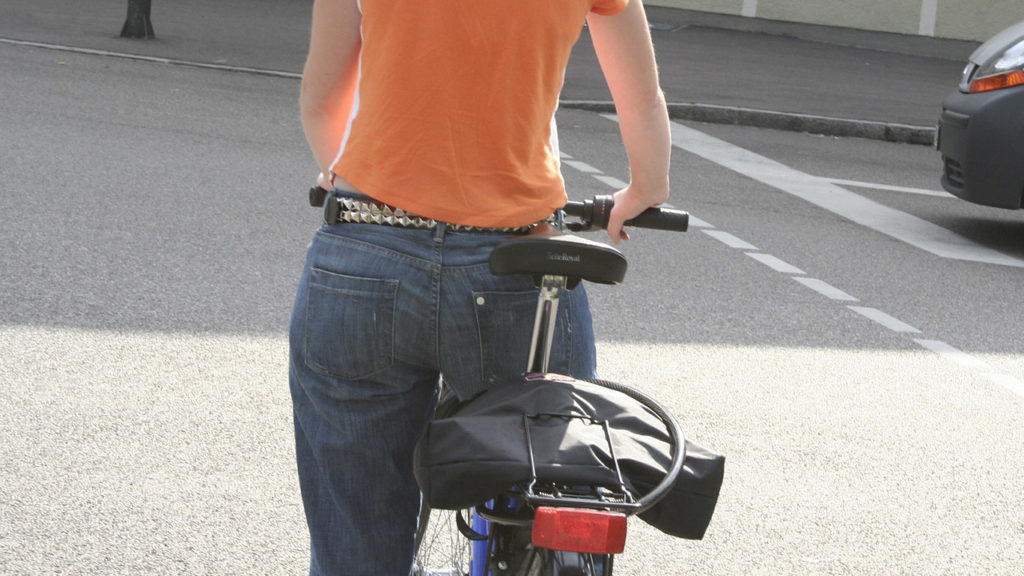
Lumbar Radiculopathy
Lumbar Radiculopathy – Low back pain will affect more than 80% of the population at some point in their life. Pinched nerves are unfortunately a common reason that low back pain occurs. When a nerve becomes compressed, it can cause the low back and even the legs to feel pain, weakness, and numbness. What can be done to help? We’re glad you asked!
Anatomy
The low back is made up of 5 vertebrae. In between each vertebra is a disc. The spinal cord runs in a canal formed by all these vertebrae. From the spinal cord comes nerve roots. These nerve roots exit through a little hole made from a spot where two vertebrae meet called foramina. The nerves then run into our legs and feet, providing us with muscle strength and feeling. Let’s be clear, nerves like their space and do not like to crowded!
Let’s also take a second and recognize the difference between referred pain and radicular pain from Lumbar Radiculopathy.
- Referred pain – dull, achy pain felt in one area of the body but the source of the pain is actually from somewhere else
- Radiating pain – sharp, electric, burning, pain that follows a nerve route pattern
When a low back nerve becomes compressed, it will commonly cause pain to radiate into the leg and foot.
How Do the Nerves Become Compressed?
Nerve root compression is commonly caused by changes in the tissues or bone surrounding the vertebra.
- Bone changes from arthritis – bony changes can affect the size of the foramina where the nerve exits, not allowing the nerve to move around freely.
- Disc herniation – disc starts to bulge and push outward, pinching on the nerve.
- Stenosis – The spinal canal can become narrowed and squeeze the nerves.
- Ligaments and tendon change – these structures can become thick due to damage or swelling and can limit the space where the nerve lies.
- Myelopathy – the cord itself changes, compressing the nerve.
Nerve compression can be caused by acute spinal injury or a slow structural change. The bony changes are often a result of degenerative change over time.
Common Symptoms – Lumbar Radiculopathy
- Numbness, tingling, burning, electric-like pain
- low back pain
- thigh, lower leg, and/or foot pain
- Muscle strength loss
- Loss of reflexes
- Changes in the feeling of the skin
Is Radiculopathy the Same as Sciatica?
Sciatica has become a catchall household term for low back pain with radiating pain into the back of the leg, calf, and foot.
Sciatica actually does fall into the category of radicular pain. The sciatic nerve is formed when several low back and tailbone nerves come together. The nerves merge together and form the big, thick sciatic nerve.
However, sciatica only occurs when the sciatic nerve is compressed. There are many other nerves that become compressed besides the sciatic nerve!
Lumbar Radiculopathy at Miller Sports & Family Chiropractic
Chiropractic manipulation aims to restore normal motion, correct structural misalignments, and decrease inflammation. As listed above, there are several reasons that the nerves can be pinched. Assessment and determination of the problem will be key in picking treatment options.
Sometimes, imaging will be necessary to view the bones and structures within the low back. Referral for an x-ray or MRI may be advised.
If chiropractic care is warranted, the choice of manipulation approach will be chosen.
- Diversified manipulation – use of the chiropractor’s hands over the affected joint, creating movement with a quick thrust
- Drop table manipulation – use of the table helping to create movement within the affected joint
- Flexion-Distraction Technique – use of the table to stretch the facet joints, create a separation of the disc space and encourage space to widen in the foramen
- Activator technique – use of a spring-loaded mechanical instrument, creating a quick low force impulse into the affected joint
Home exercises and stretches will be discussed to further encourage optimal space for the nerve, reduce inflammation, and improve the range of motion of the affected region causing radicular pain.
Laser therapy can also be utilized to reduce pain and inflammation. The laser penetrates and targets at a cellular level, which encourages blood supply and nutrients to flood the area.
Contact Miller today!
If you are experiencing low back pain or pain radiating into your lower legs, there are options to help relieve that pain! Remember, back pain will occur in the majority of the population at some point in their lives. If your pain is affecting your daily activities or preventing you from enjoying your hobbies, it’s time to start the journey of becoming pain-free. Contact us today to just start feeling better!
